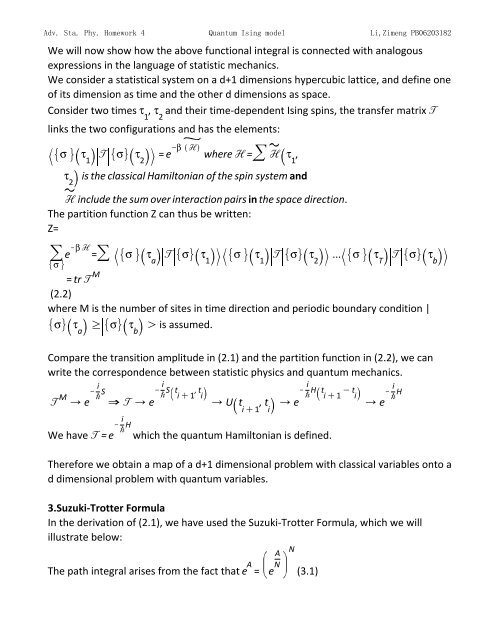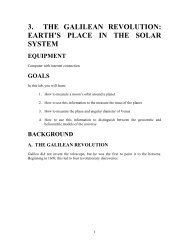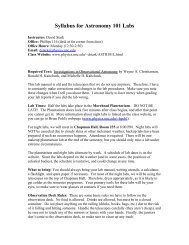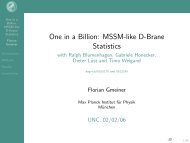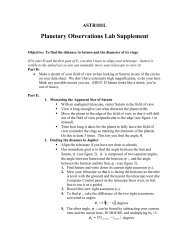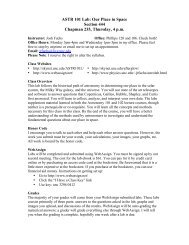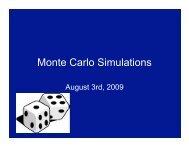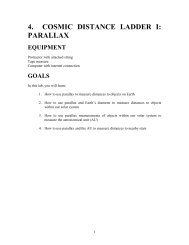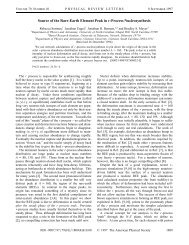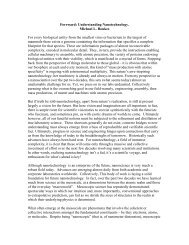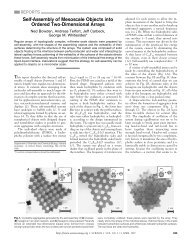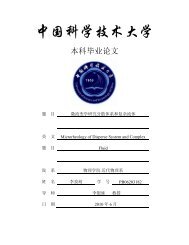Topics in Statistic Mechanics
Topics in Statistic Mechanics
Topics in Statistic Mechanics
You also want an ePaper? Increase the reach of your titles
YUMPU automatically turns print PDFs into web optimized ePapers that Google loves.
Adv. Sta. Phy. Homework 4 Quantum Is<strong>in</strong>g model Li,Zimeng PB06203182<br />
We will now show how the above functional <strong>in</strong>tegral is connected with analogous<br />
expressions <strong>in</strong> the language of statistic mechanics.<br />
We consider a statistical system on a d+1 dimensions hypercubic lattice, and def<strong>in</strong>e one<br />
of its dimension as time and the other d dimensions as space.<br />
Consider two times and their time-dependent Is<strong>in</strong>g sp<strong>in</strong>s, the transfer matrix<br />
l<strong>in</strong>ks the two configurations and has the elements:<br />
The partition function Z can thus be written:<br />
Z=<br />
(2.2)<br />
where M is the number of sites <strong>in</strong> time direction and periodic boundary condition |<br />
is assumed.<br />
Compare the transition amplitude <strong>in</strong> (2.1) and the partition function <strong>in</strong> (2.2), we can<br />
write the correspondence between statistic physics and quantum mechanics.<br />
We have<br />
which the quantum Hamiltonian is def<strong>in</strong>ed.<br />
Therefore we obta<strong>in</strong> a map of a d+1 dimensional problem with classical variables onto a<br />
d dimensional problem with quantum variables.<br />
3.Suzuki-Trotter Formula<br />
In the derivation of (2.1), we have used the Suzuki-Trotter Formula, which we will<br />
illustrate below:<br />
The path <strong>in</strong>tegral arises from the fact that (3.1)


